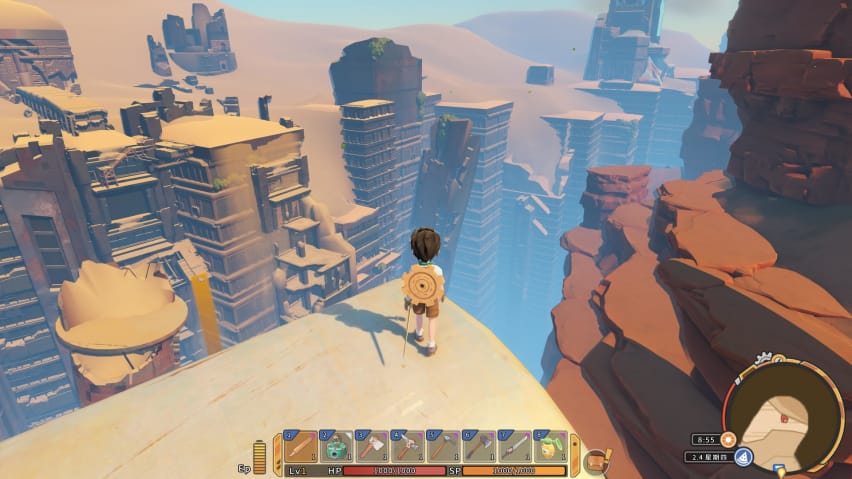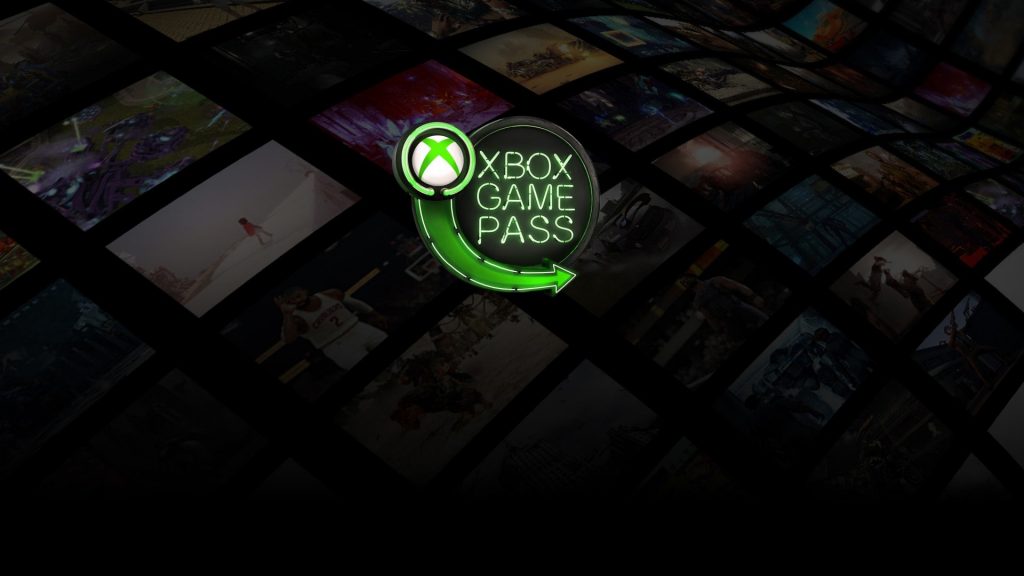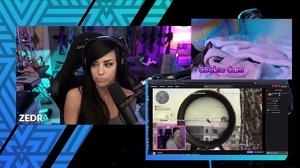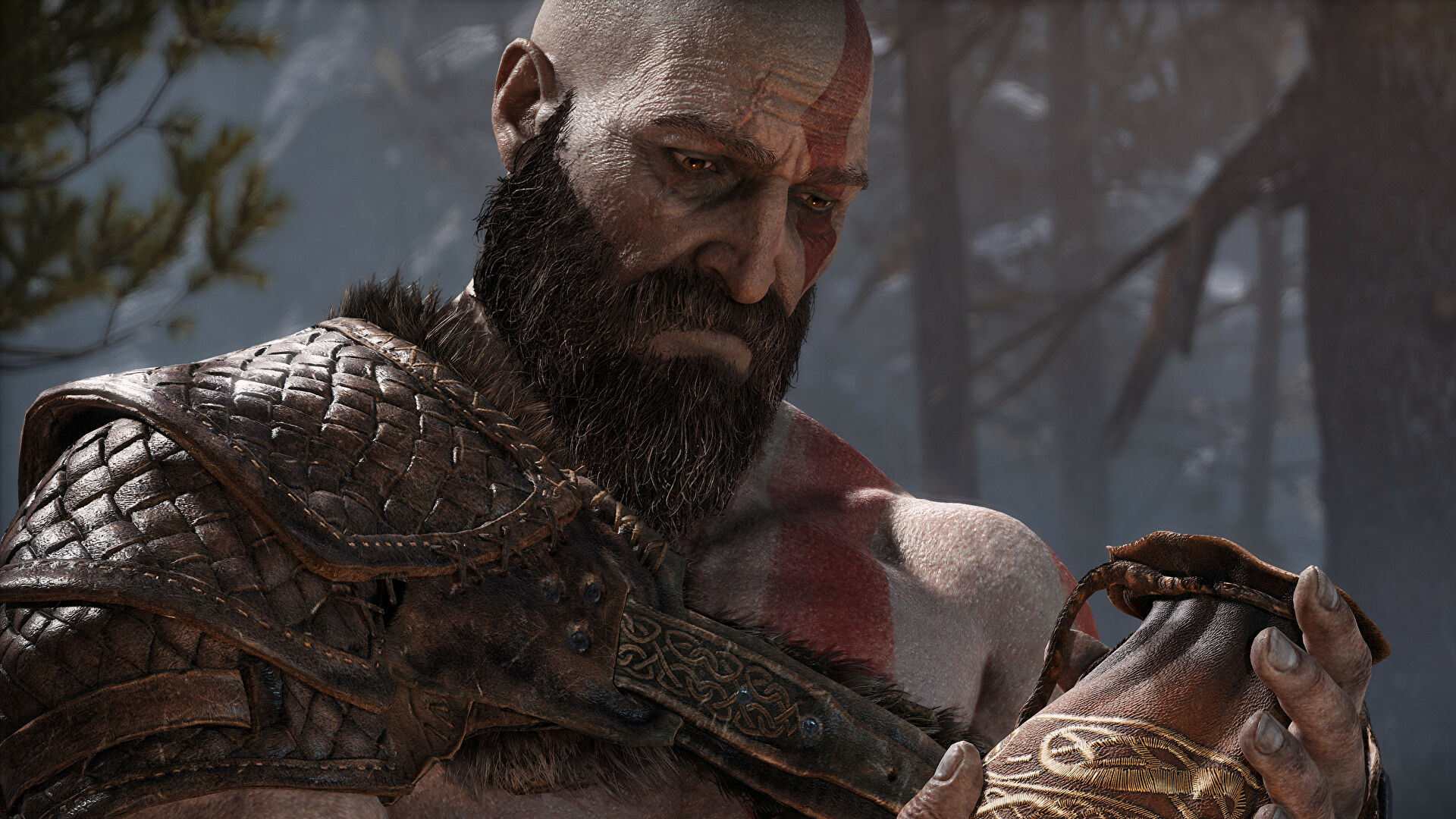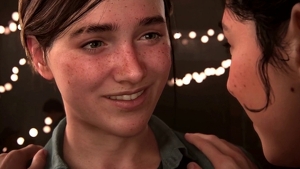
I was really moved this week to see how a small number of people have powered a profound change in games. I'm a bit embarrassed to say I often overlook accessibility in games, which isn't to say I don't benefit from it. And I assumed the range of accessibility options in modern games was simply improving because someone somewhere decided it should. But of course that's not what happened. Behind the celebrated and ground-breaking accessibility tools in a game like The Last of Us Part 2, for example, is the tireless work of a community campaigning for the opportunity to play and enjoy games too.
It's that community I watched in action this week at the accessibility in games conference, or GAConf for short, and I've rarely been around a more engaged or supportive group of people. The conference is having something of a moment, because, wonderfully, the tide of accessibility in games seems to be turning. The Last of Us Part 2 – the sparkling diamond of accessibility and deservedly so – as well as Spider-Man: Miles Morales, Gears of War 5, Watch Dogs: Legion, Assassin's Creed: Valhalla, and Remedy's Control, are all setting industry-leading examples of what good accessibility in games can look like. There is a long way to go, but this is progress.
Good accessibility can look like high-contrast modes for low visibility, and automatic navigation and clever, spatial audio cues. It can look like assistance for aiming and movement, and the removal of time-pressured button presses and quick-reaction challenges. It can look like invulnerability, because some people like setting their own challenges. It looks like a whole suite of options you can tailor your gameplay experience with if you want to. Accessibility looks like choice.
